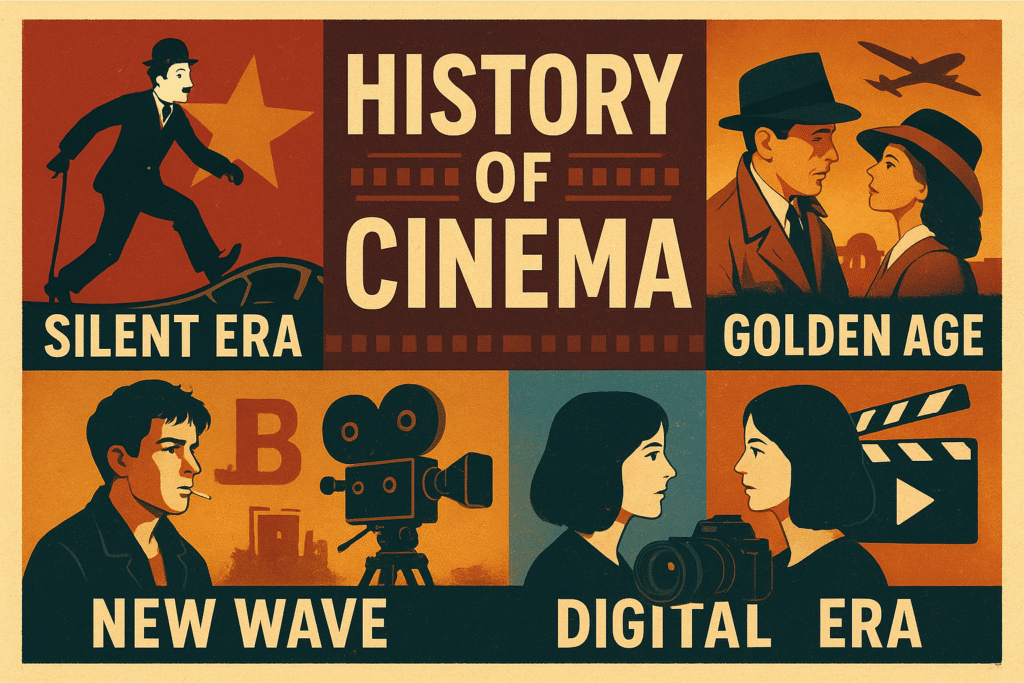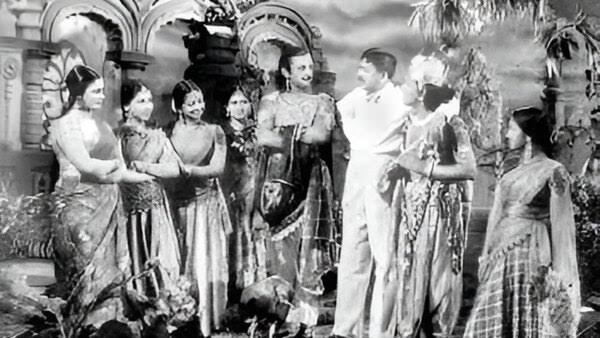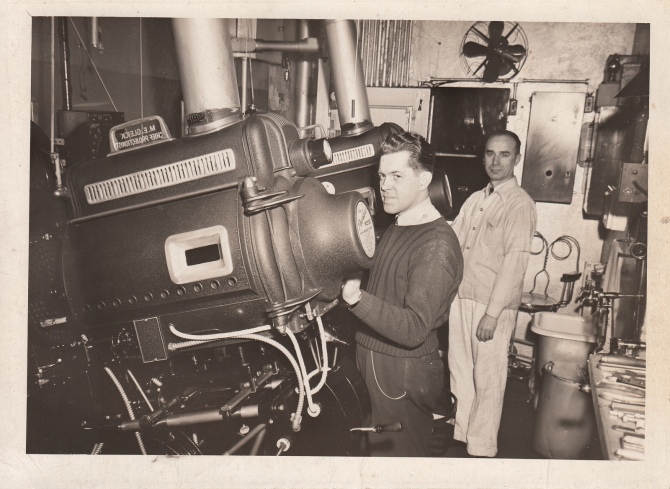
Cinema: The Timeless Art of Storytelling
Cinema: The Timeless Art of Storytelling
Cinema is one of the most powerful means of storytelling ever known to humanity. In other words, it is art, history, culture, and emotions stitched together in moving pictures. The metamorphosis of cinema itself, from the grainy black-and-white silent films of the 1890s to the high-speed 4K streaming and AI-assisted productions of today, reflects our own metamorphosis as a species.
This blog seeks to explore the history of cinema, cinema’s role in society, technological impacts, subsidies and allowances given to Indian and foreign cinema, and thoughts concerning cinema’s future.
A Brief History of Cinema
Cinema begins its history in the late 19th century. In 1895 in Paris, the Lumière Brothers held the very first public screening. Short shots of trains, streets, and kids at play kept the object of fascination for audiences, giving birth to a new art form.

Cinema had started evolving into full-fledged art in the first decade of the twentieth century:
The silent films used facial expression, gestures, and intertitles.
Great voices of world cinema like Charlie Chaplin and D.W. Griffith revolutionized visual storytelling.
Then finally in 1927, with The Jazz Singer, came synchronized sound and thus the talkies.
With the arrival of Technicolor in the 1930s, it gave life to those classic cinema masterpieces such as Gone with the Wind.
After the war, movements such as Italian Neorealism and Japanese films would bring a sense of realism and artistry to screens worldwide.
The cinema has always reflected the times-it carries whatever hopes, struggles, and aspirations exist in the conscience of people’s generation.
The Evolution of Global Cinema
Since the spread of cinema throughout the world, each culture gave it their own unique version:
Hollywood became a place for gigantic production, for every possible genre, and for the star system of famous actors.

In India, Bollywood stands as a fascinating blend of drama, romance, music, and dance.
The French entered into a phase of artistic experimenting and run the major film festivals.
Iranian cinema can be recognized for its abstraction and deep emotional exploration.
It is East Asian cinema that has made from Akira Kurosawa to Wong Kar-wai: legends.
That is why cinema is important: this diversity is the universal language understood beyond words.
Importance of Cinema in Society
Cinema is beyond a means of entertainment. The medium etches into our minds, shapes culture, and can carry processes of social change.
1. Preserving History and Culture
Movies achieve the working of the spirit of their times — in fashion, architecture, slang, mannerisms, and social norms. One could say watching a 1950s movie is like stepping into a time machine.
2. Creating Empathy
A well-made film helps us to live the lives of other people and creates understanding and compassion.
3. Bringing Social Change
Movies like Schindler’s List, Pink, or Taare Zameen Par have brought social awareness and question societal norms.
4. Uniting People
From fully packed limelight theatres to streaming watch parties, cinema creates the experiences that bind people.
Cinema: a Confluence of Art
The show business is a mixture of the various arts-literature, music, visual arts, performance arts, photography, and editing. A single film could solidly stand for:

Literature (screenplay)
Theatre (art of acting and dialogue)
Music (background scores and songs)
Painting (color theory and visual design)
Photography (cinematography)
This amalgamation makes cinema an art unlike any other, primeval enough to engage multiple senses.
Technology and the Evolution of Cinema
The course of cinema evolution and technology has run in tandem:
Sound changed dialogue and music.
Technicolor enhanced the visual storytelling process.
Widescreen formats created cinematic grandeur.
In the ’90s, CGI helped bring the impossible to realization (Jurassic Park, Avatar).
3D and IMAX transformed the experience.
Virtual Production and AI shall herald a new era in filmmaking.
Today, AI tools are scriptwriting assistant, de-age an actor, generate VFX, or create virtual sets. The technological increments are morphing the nature of cinema in society.
The Cinema: Theatre vs. Streaming
For close to a century, theatre was an aesthetic temple of cinema; with huge screens, surround sound and virus-nuking collective gasping by the crowd, the making of a movie was an unforgettable affair.
Streaming gave us Netflix, Amazon Prime, Disney+, and disrupted the old habits. Cinema is now anywhere and anytime. Where theatres give you immersion of another world, streaming gives you ease of access to huge variety.

Cinema, in its future, shall have a blend of both experiences: premium theatre experience for big-budget cinema and home/on-demand experience for niche and little personal viewing.
Indian Cinema: Bollywood and Beyond
India is the world’s largest film producer, cranking out more than 1,500 films in numerous languages every year.
Bollywood is a synonym for glamour, music, and stardom.
Big-budget extravaganzas like RRR and Ponniyin Selvan represent Tollywood and Kollywood.
Languages like Bengali, Marathi, and Rajasthani keep the culture alive and foster their own traditions of storytelling.
Despite being on a much smaller scale, Rajasthani cinema plays an equally important role in keeping alive the folk stories, music, and heritage of the state.
Cinema in the Digital Age
In this fast-moving world of short videos and grabs from social media, does a question arise: is cinema relevant today? A big yes is the answer.
Here is why:
Long-form storytelling can delve deeper into character development and complex plots.
The ability to reach out to an international audience with subtitles and dubbing puts geographically diverse films in front of audiences.
Cultural exchange does away with stereotypes and oases of unity.
Adventure, change, and transformation mark the cinema, but the basic charade of entertaining a story remains unchanged.
The Future of Cinema
A number of concurrent trends will nurture the contemporary set into the cinematic arena:
AI-powered filmmaking — that would include some more specific examples going all the way from pre-production to post-production.
Interactive storytelling — where audiences have a say in the plot (as with Netflix’s Bandersnatch).
Immersive experiences — with VR and AR ushering audiences inside the story.
Global collaboration — cross-cultural productions entering the international market.
Sustainable filmmaking — eco-friendly sets and production methods.
With the further advancement of technology, the accepted definition of cinema may possibly undergo some changes—while its real intent to move a heart through true experiences remains.
Final Thoughts
Cinema-the experience-maker, memory-maker, and culture-link-might entertain, educate, inspire, or bring together people from all walks of life.
From making wonders on AI to just suggestive theatres-the Cinema is flourishing and adapting. As long as the humans love some stories, the magic of cinema will never die-he REEL will keep rolling.
